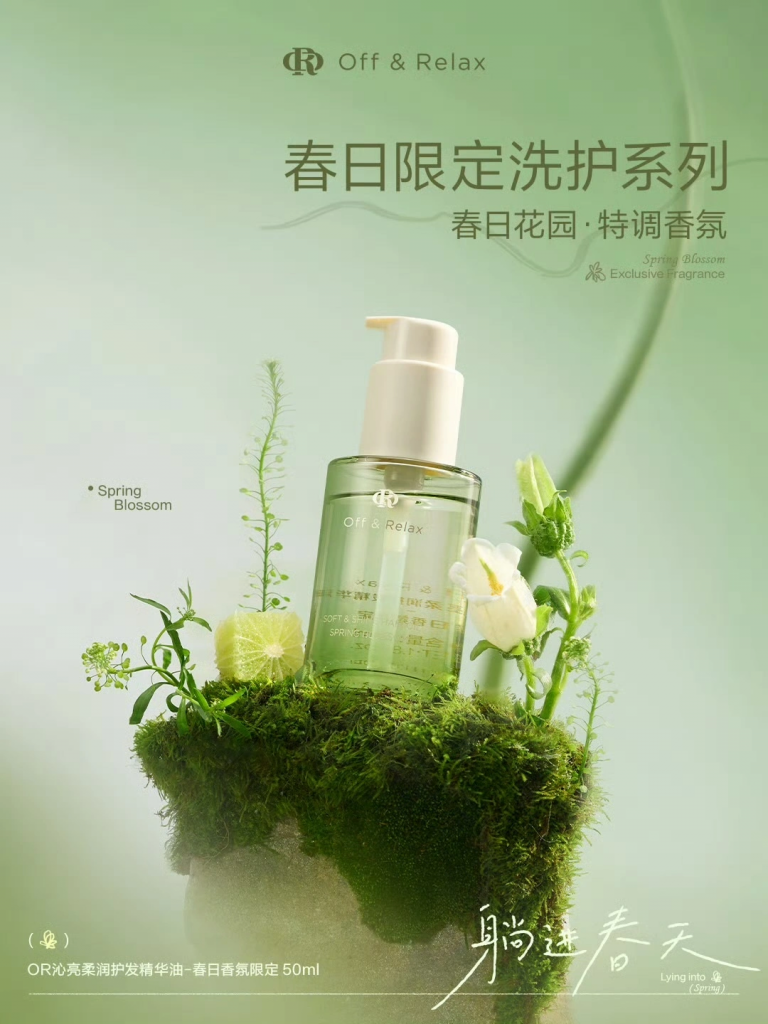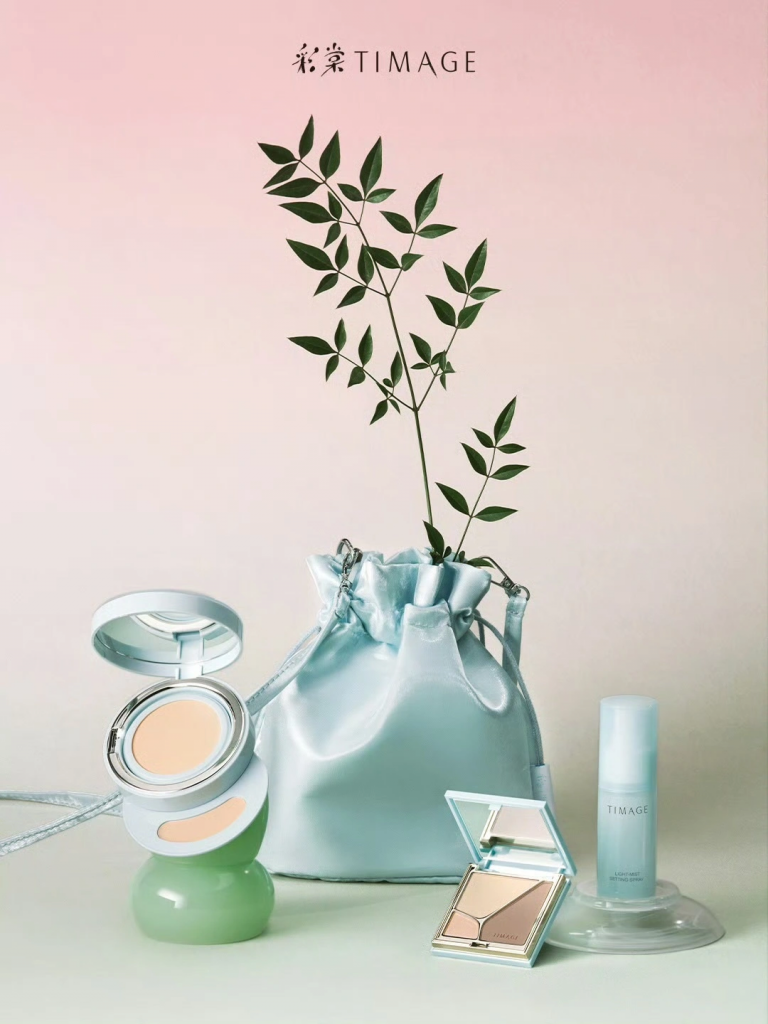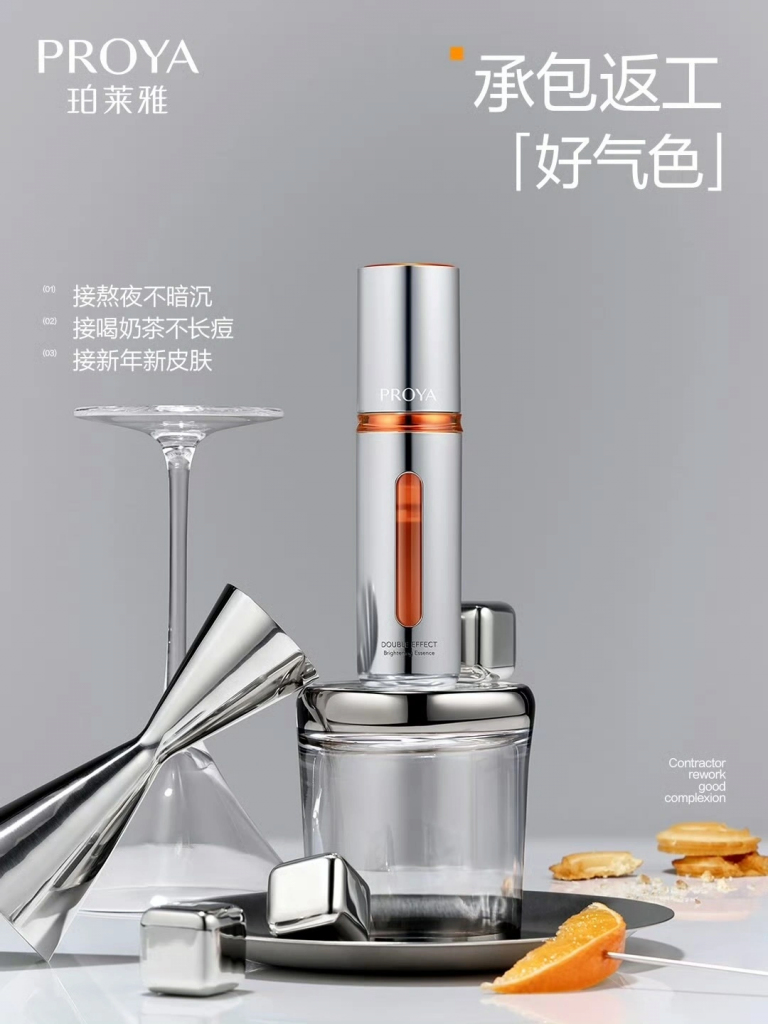After becoming the first Chinese beauty brand to surpass ¥10 billion in annual revenue, Proya stands at a pivotal moment. Can it evolve beyond viral wins and local dominance to build a sustainable global legacy? In 2024, Proya Cosmetics made history. The Hangzhou-based company became the first Chinese beauty brand to cross the symbolic threshold of ¥10 billion ($1.5 billion) in annual revenue—a milestone that cements its place as the leading light of the C-beauty movement. With a 30% rise in net profit to ¥1.55 billion ($215 million), Proya is narrowing the gap between itself and multinational giants like Estée Lauder, L’Oréal, and Shiseido.
From lower-tier upstart to strategic leader
Proya’s rise didn’t follow the typical playbook of Chinese consumer brands. It first made its mark in China’s lower-tier cities—markets traditionally underserved by international prestige players. By catering to cost-conscious, digitally engaged consumers, Proya built scale through accessibility, agility, and shrewd platform play.

“Proya targeted China’s lower-tier cities early on, avoiding direct competition with major international players,” says Haier Liu, a senior trend researcher at strategy agency The Chinese Pulse. “They were one of the first to launch on Pinduoduo and experimented with mini-drama marketing formats to reach younger, price-sensitive users.”
What began as a local strategy quickly evolved into a multi-brand matrix. Proya’s core label now sits alongside rising stars like Timage, a neo-Chinese makeup brand, and Off&Relax, a personal care line tapping into the skinification of hair. There’s also Inshaba, targeting Gen Z with trend-driven skincare. This structure allows Proya to diversify across categories and demographics, while flexing its omnichannel strengths across both e-commerce and experiential retail.
The cost of viral success
While Proya’s hero products—particularly the Red Ruby and Dual Anti serums—have dominated online platforms like Tmall, they also expose a deeper vulnerability: reliance on trend cycles and online buzz. The brand’s strength in digital marketing has become both a growth engine and a potential trap.

In 2024, nearly 48% of revenue—over ¥5 billion ($715 million)—was funneled into sales and marketing, highlighting an intense need to maintain visibility in a saturated online space. Meanwhile, Proya’s offline revenue fell by 13.6% to ¥532 million ($73.8 million), underscoring its limited penetration in high-end malls and prestige retail.
“Proya’s long-term growth hinges on evolving from a ‘hero product + traffic’ model to a ‘R&D + brand + channel’ ecosystem,” says Olivia Plotnick, founder of Shanghai-based Wai Social. “They need to build a moat beyond just what’s trending.”
Innovation gap threatens premium ambitions
Despite efforts to premiumize, Proya’s R&D spend tells a different story. In 2024, investment in research reached ¥210 million ($29.1 million)—just under 2% of total revenue. Although the company now operates labs in Hangzhou, Shanghai, and Paris, it still lacks the scientific firepower of its international competitors.
“In skincare, their scientific capabilities are hard to compare with international giants,” Liu notes. “They need more proprietary innovation, not just a new twist on familiar activities.” Without clinically validated breakthroughs or patented ingredients, Proya’s move upmarket is limited. Plotnick adds, “They must prioritize clinical proof and elevate offline experiences if they want to position themselves as a true premium player.”

Interestingly, in makeup, Proya’s agility serves it well. Sub-brands like Timage and Inshaba have outpaced global competitors in trend responsiveness. But skincare—arguably the more defensible and profitable category—demands long-term R&D investments that can’t be fast-tracked.
Winning gen Z but missing the prestige mark
There’s no doubt Proya has captured Gen Z’s imagination. Its success in livestreaming, influencer collaborations, and playful design has solidified its digital cool factor. Yet translating that momentum into a mature, high-end brand remains a work in progress. “Proya’s digital savvy and hero product success with Gen Z haven’t yet translated into scientific credibility or premium experiences,” says Plotnick.
Recent efforts suggest the brand is aware of the gap. Proya has launched Correctors, a more clinically styled skincare sub-line, and enlisted A-list ambassadors like actress Liu Yifei and singer Jackson Yee to elevate brand perception. Liu notes, “Their social image is evolving—from youthful to more professional. But repositioning perception isn’t the same as delivering a truly premium experience.”
Going Global: Big dreams, bigger challenges
With just $1.5 billion in annual revenue, Proya’s dream of becoming a top 10 global beauty brand remains ambitious. Even the smallest incumbents in that league, like Puig or Amorepacific, operate at more than double Proya’s scale—and with deeper brand portfolios and R&D pipelines.
To close that gap, Proya is eyeing international expansion and acquisitions. At its 2024 annual meeting, chairman Hou Juncheng shared plans to acquire overseas brands in categories such as fragrance, baby care, and men’s grooming. These would operate through its Paris arm, following the playbook of other Chinese groups like Yatsen (owner of Eve Lom) and S’Young (partner to Galénic and EviDenS de Beauté).

“Culturally aligned Southeast Asian markets may offer the easiest entry point,” says Plotnick. “But success will require deep R&D localization and storytelling around ‘China-made’ beauty.” Liu agrees: “K-beauty offers a blueprint. It succeeded abroad through innovation, consistency, and trust—Proya must do the same.”
From traffic to trust: The legacy challenge
Proya’s greatest enemy may not be the competition—but complacency. After building a brand on virality, the next chapter will require patience, credibility, and reinvention. “Proya is now at a strategic crossroads,” Plotnick emphasizes. “Sustained success will depend on whether it can transform from a platform-native brand into an omnichannel powerhouse, from a fast-follower into an original innovator, and from a domestic success into a global aspirant.”
Crossing ¥10 billion was a defining achievement. But building legacy—the kind that lasts beyond trends and territories—will take more than just numbers. It will take trust.





